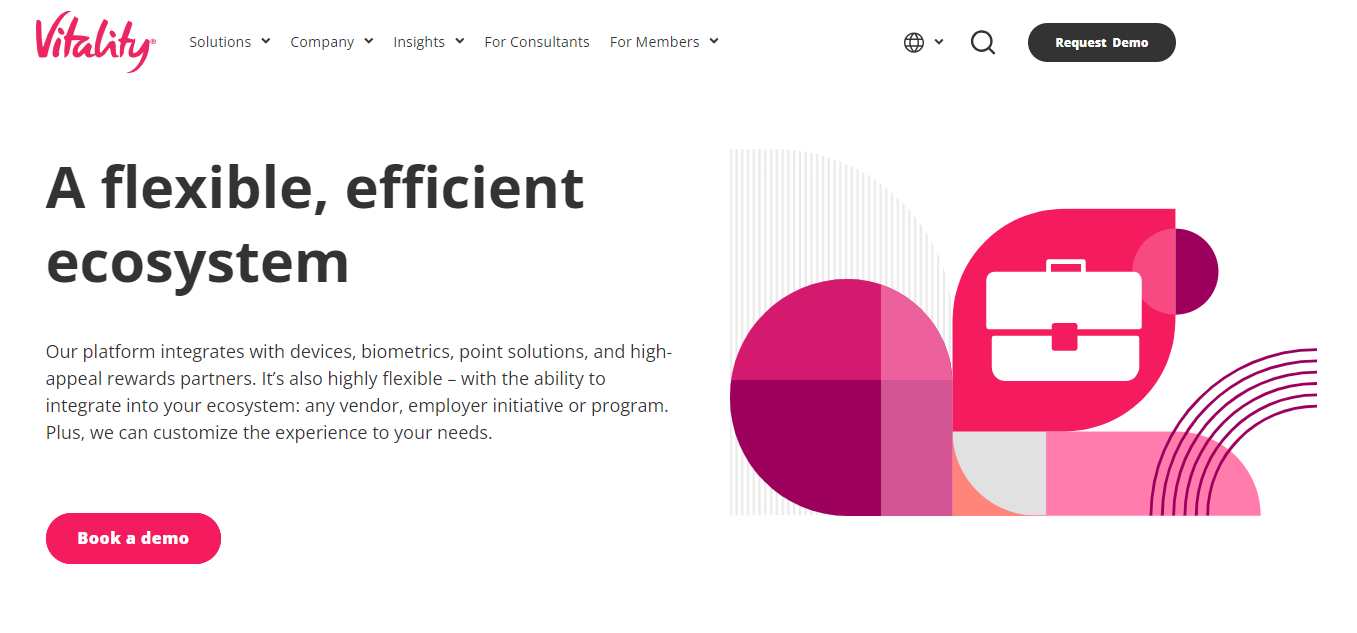 (Image courtesy of Google DeepMind)
(Image courtesy of Google DeepMind)
Key Information
-
Firms are under pressure to grow revenues in a highly commoditised and competitive marketplace.
-
Industry leaders are shifting their focus towards bringing new differentiated, highly personalised products and services to their customers.
-
Digital ecosystems are growing in priority as an enabler to creating new customer value propositions.
-
The key strategic building blocks for winning ecosystems are customer research, partnerships and data.
Context
In March this year, I attended both the MoneyLIVE Summit and Pay360 events in London. Many of the topics covered were consistent with what I’ve seen, heard and read over the previous 18 months at events, in industry material, and in meetings with my contacts.
During this time, I’ve observed a shift in the focus of many innovative and forward-thinking banks, building societies, lenders and insurers.
Certainly for (at least) the last five years, these organisations have been champions of user experience – striving for frictionless, elegant, quick customer engagement via their online or mobile channels. They have bragged about reductions in onboarding times, improved conversion rates, increased customer retention, and rocketing NPS scores.
Changing tides
But the tide has now changed – user experience is becoming yesterday’s news.
Of course it remains very important, but these industry leaders regard the optimisation of their digital channels simply as table stakes for today’s super-competitive landscape.
Their focus has shifted towards the creation of highly personalised, differentiated customer value propositions as growth and engagement drivers. And they are building new digital ecosystems to conceive and deliver these to their customers.
Unlocking new customer value
The key to unlocking new customer value and higher engagement lies in an organisation’s ability to provide products and services that are highly personalised to the needs of its customers and differentiated from its competitors.
Take retail banking, for example, where products and services (loans, savings accounts, current accounts etc.) have become highly commoditised. They are abundant, interchangeable, and often difficult to distinguish from one another. The consequence is that margins are squeezed and banking customer loyalty is reducing. With banks facing stern headwinds, it is clear that there is a real need for new products and services.
Banks and wider financial services firms are increasingly looking towards partnerships to provide this differentiation whilst also providing access to new markets. By bundling products and services together to meet the needs of customers, industry leaders are bucking the trend of depleting customer loyalty and finding new revenue streams.
Partnering for differentiation
Of course, partnerships and bundled products and services aren’t new. However, the ability to more easily and securely share data via new digital ecosystems has removed a number of barriers to launching these partnerships and propositions. This is particularly true for more traditional industries such as banking, insurance, and other financial services.
 (Image courtesy of fauxels)
(Image courtesy of fauxels)
This ease of partnering is also encouraging diverse and interesting collaborations that are highly targeted and/or differentiated, difficult to replicate, and of greater value to customers than the sum of their component parts.
A very recent example is NatWest’s strategic partnership with JS Group, aimed at improving social mobility and financial inclusion for higher education students. Their partnership utilises NatWest’s network of relationship managers to guide educational institutions towards using JS Group’s Aspire Cash service for easier, faster and more cost-effective facilitation of bursary and hardship funding payments. The Aspire Cash service uses NatWest’s payments infrastructure, providing benefits to universities, students and both JS Group and NatWest.
Other notable examples include Nottingham Building Society’s partnership with Gen H, and Chetwood Financial’s tie-up with Mumsnet. These, and others, demonstrate a new breed of partnerships that are going beyond the more traditional space of credit cards and retailer loyalty schemes.
Highly personalised services
If partnerships are vital for differentiation, then the key to unlocking high levels of personalisation is data.
Partners can draw on their collective data in order to find new and better ways to serve customer needs.
Application Programming Interfaces (APIs) are designed and engineered to provide secure, performant, scalable data connectors between partnering organisations. APIs enable data sets (e.g. customer behaviour, credit status, identity etc.) to be shared securely between organisations, in the interest of providing contextual products and services at time of need.
Vitality Insurance provides a good example, as an organisation that uses data to highly personalise its service. In the case of its life insurance products, Vitality uses activity tracking data from the Apple Watch to assess risk and calculate life insurance premiums. This benefits their customers, as active customers are rewarded through lower insurance payments.
 (Image from Vitality website)
(Image from Vitality website)
Vitality also exemplifies an active ecosystem of diverse partners strongly aligned to their core insurance proposition. Aside from Apple, their partners include Nuffield Health, Vue Cinemas, Waitrose, Headspace and Nike.
An important prerequisite
So partnerships and data are keys to bringing highly personalised, differentiated products and services to customers. However, there is an important prerequisite for finding and creating this new value – firms must learn and know their customers.
Customer research is vital in building an understanding of the different types of customers and their behaviours. And as the customer landscape continues to rapidly evolve, this needs to be undertaken on an ongoing basis.
Only through this research can organisations identify who their customers are, and what tasks and responsibilities they face day to day. This level of insight will inform where, in the customer’s life journey, products and services might converge, and where strong partnerships might form to create new, differentiated, personalised value.
 (Image courtesy of LinkedIn)
(Image courtesy of LinkedIn)
Of course, the industry leaders in customer experience already know this – they’ve been gathering customer research and insights for years and using it to deliver high-quality digital experiences for their customers. This is why their new frontier is the partner ecosystem, harnessing their potential to bring differentiated, personalised products and services to their customers.
In summary
Traditional industries such as financial services and energy are under pressure to grow revenues in a highly commoditised and competitive marketplace. One clear strategy for doing so is to bring new differentiated, highly personalised customer propositions to the market. Creative and unique partnerships are being built for differentiation. Data is being shared and used to deliver high levels of personalisation. These component parts are being brought together through digital ecosystems to create new customer value.
Organisations needing some help to get started can turn to organisations like Scott Logic. Scott Logic is a UK-based technology consultancy with deep expertise in innovation, customer research and design, and building digital ecosystems. Over the last 20 years, Scott Logic has built an exceptional reputation for engineering and delivery excellence in banking and financial services. You can find out more here about what we do.


.jpg)